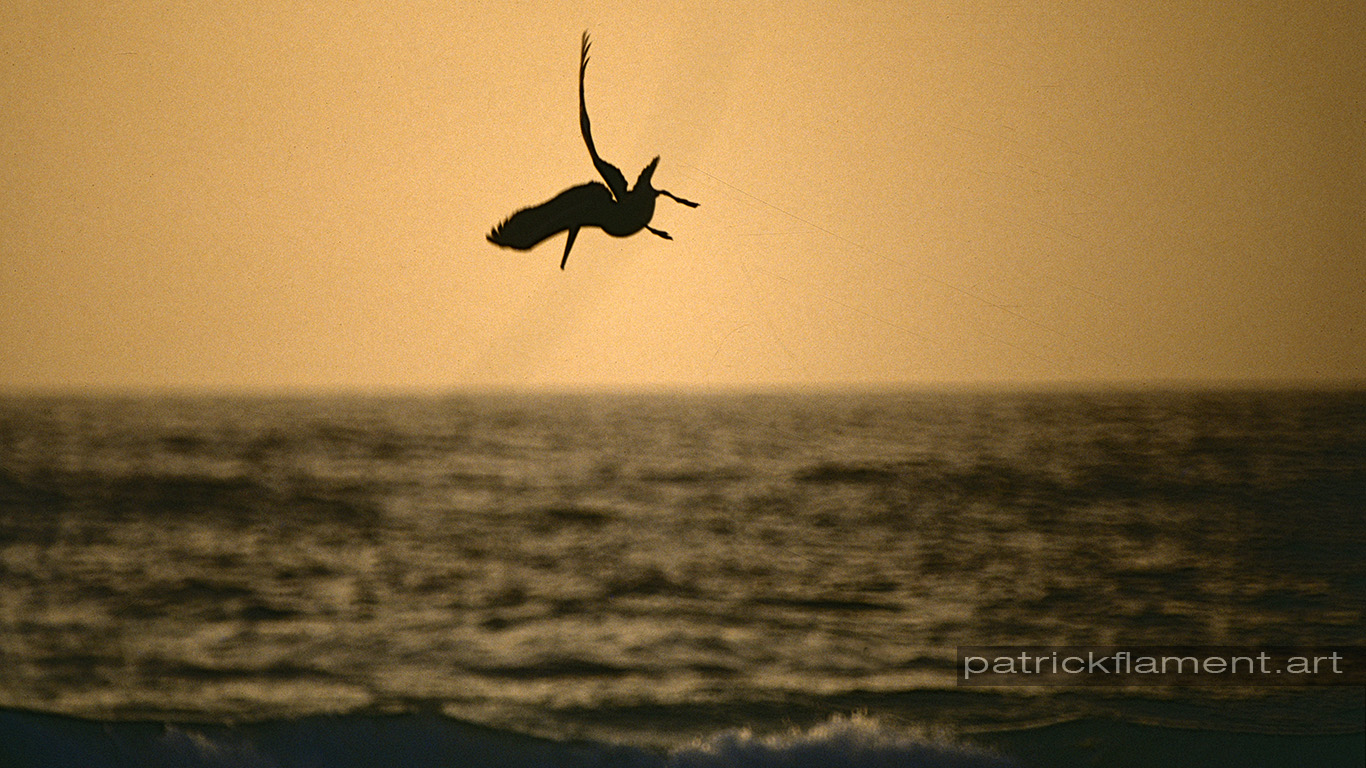Photographing subjects in motion can be exciting and rewarding, but it can also present challenges, not least that of motion blur. Whether you’re capturing sports, outdoor events or simply children at play, avoiding blur in your moving photos is essential to achieving sharp, dynamic images. In this article, we’ll share practical tips to help you master the art of motion photography and capture the action with precision and clarity.
Use a fast shutter speed: The key to freezing the action is to use a fast shutter speed. Increase your shutter speed to minimize exposure time and capture fast-moving subjects in sharp focus. For extremely fast-moving subjects, such as action sports, a shutter speed of at least 1/500th of a second is recommended.
Speed Priority Mode (Tv or S): Use the speed priority mode on your camera to have total control over shutter speed, while letting the camera automatically adjust other parameters such as aperture and ISO sensitivity. This allows you to react quickly to changes in light and movement, while guaranteeing sharp images.
Anticipate Motion : Anticipate your subject’s movement so you can adjust your settings accordingly. Anticipate where your subject will be and adjust your position and settings accordingly to achieve the best possible composition and sharpness.
Stabilize your camera: Use a tripod or monopod to stabilize your camera, especially when using slower shutter speeds. A stable camera reduces the risk of motion blur caused by camera shake during exposure.
Follow Motion: For fast-moving subjects, use continuous focus and follow the movement with your camera to keep your subject sharp throughout the action. Practice panning, where you follow the movement of your subject while photographing it, to create a background blur effect while keeping the subject sharp.
Choose the Right Focus Mode: Use the appropriate focus mode to follow and capture the action. For fast-moving subjects, use continuous focus mode (AF-C or AI Servo) so your camera constantly adjusts focus as the subject moves.
By using these tips and techniques, you’ll be able to avoid blur in your moving pictures and capture the action with precision and clarity. Practice regularly and experiment with different settings to find what works best in different situations. With a little practice and patience, you’ll be able to create dynamic, striking images that captivate and inspire your audience.










